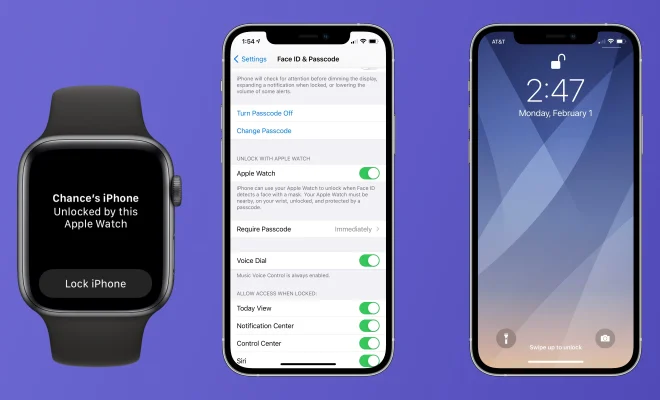USB Type A Connector: Everything You Need to Know

Almost every electronic device that we use today requires a USB connection. USB (Universal Serial Bus) has been the go-to connectivity option for a long time now, and it has evolved to cater to the ever-increasing demand for faster data transfer rates and quicker charging capabilities.
One of the most common USB connectors that you will come across is the Type A connector. It is a rectangular-shaped connector that has been in existence since the first USB standard was introduced in 1996. Here are a few things that you need to know about the USB Type A connector.
Design and Compatibility
The USB Type A connector is rectangular-shaped, and it has four pins that correspond to the four wires present in a USB cable. The connector has a flat side and an angled side that allows it to be inserted only one way. The USB Type A connector can handle both data transfer and charging, and it is compatible with most devices that have a USB port.
Speed and Compatibility Standards
Over the years, several iterations of the USB standard have been introduced, each with improved transfer rates and capabilities. The USB Type A connector is compatible with all USB standards, starting from USB 1.0, which had a speed of 1.5 Mbps (megabits per second), to the latest USB 3.2 Gen 2×2, which offers speeds of up to 20 Gbps (Gigabits per second).
Types of USB Type A Connectors
USB Type A connectors come in two variants – USB Type A Male and USB Type A Female. The Male connector is the one that is typically used to connect to devices like smartphones, laptops, and PCs. The Female connector is found on USB cables and is used to connect to USB peripherals like printers, scanners, keyboards, and mice.
USB Type A and Power Delivery
USB Type A connectors support power delivery, which means that they can provide power to a connected device or receive power from it. The maximum amount of power that can be delivered or received through a USB Type A connector depends on the USB standard it supports. For instance, USB 1.0 and USB 2.0 support up to 500 mA (milliamps) of power, while USB 3.0 and USB 3.2 Gen 2×2 can deliver up to 900 mA.
Conclusion
In conclusion, the USB Type A connector is a ubiquitous technology that has been in use for decades. It is simple, reliable, and versatile enough to cater to multiple applications. As USB technology continues to evolve, we are likely to see newer and faster versions of the USB Type A connector, but the fundamental design and compatibility standards are likely to remain the same.






